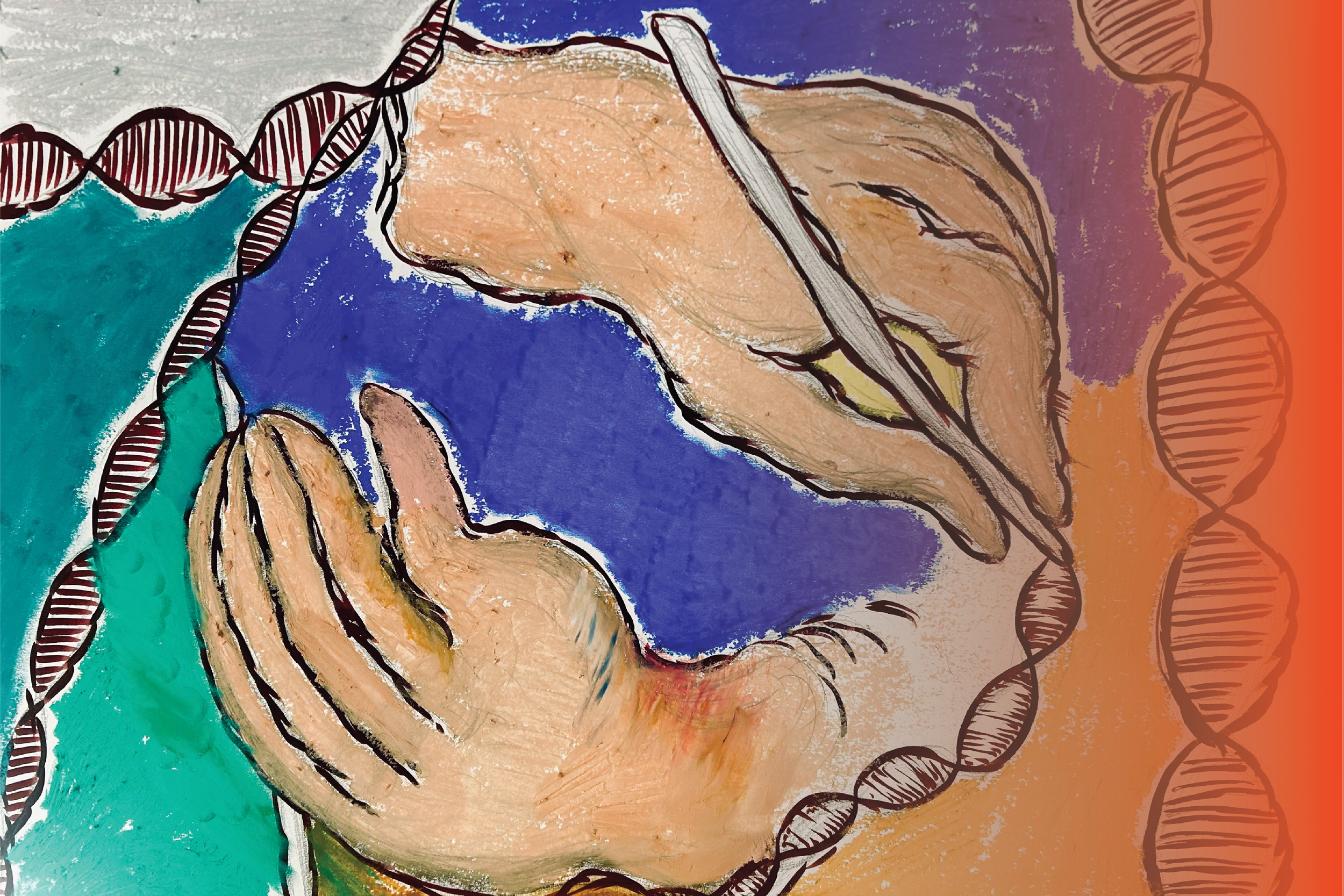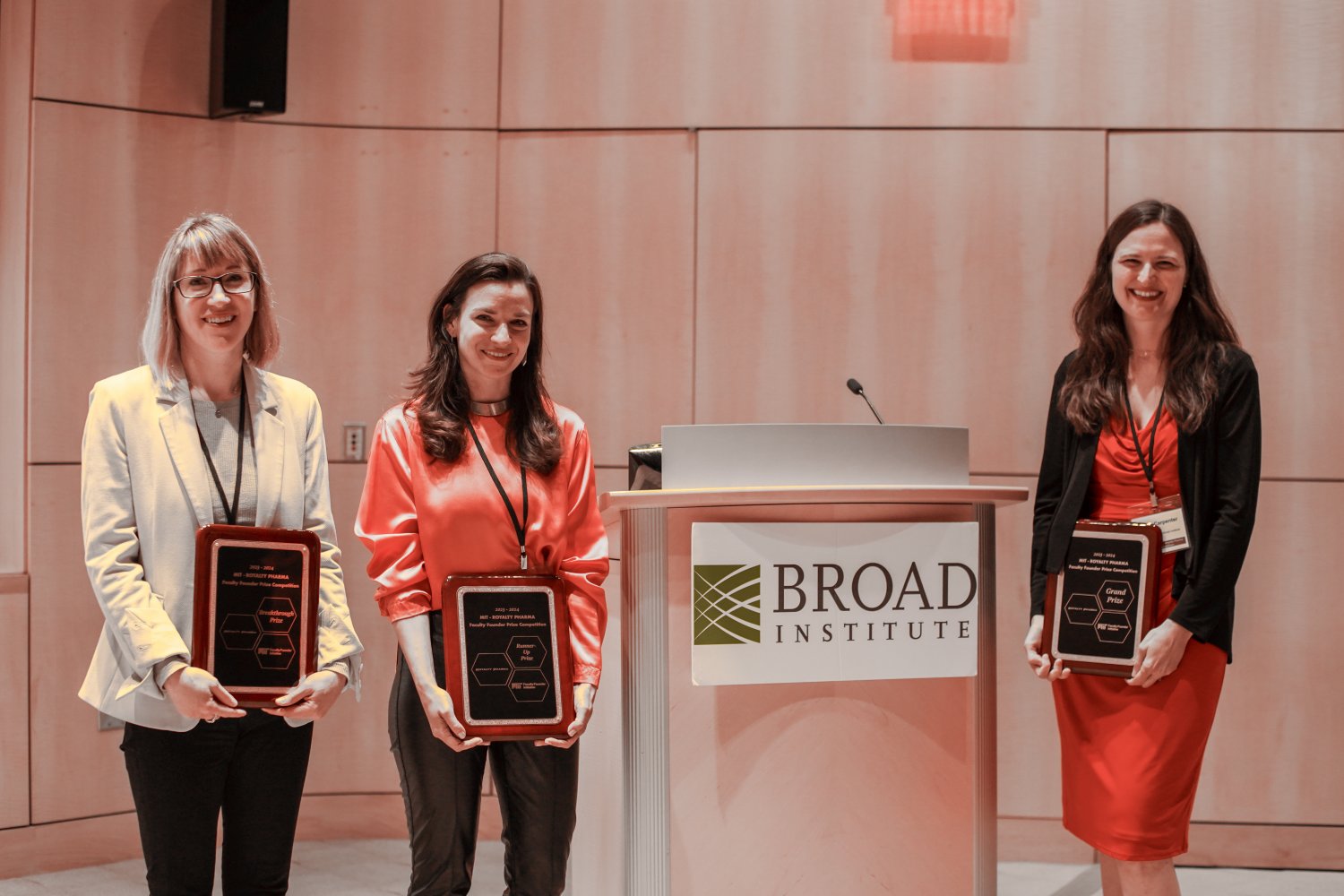Tumors are known to harbor mutations across numerous genes, each affected in unique ways—from simple substitutions of one DNA nucleotide to more complex inserts or deletions of larger DNA segments.
Until now, the challenge has been the absence of a fast and efficient method to screen these mutations in their natural environment, which is crucial for understanding their roles in tumor development, progression, and treatment responses. Now, researchers from MIT have developed an innovative approach utilizing a modified version of the CRISPR genome-editing technology called prime editing, enabling more streamlined mutation screening.
This pioneering method was tested by examining over 1,000 distinct mutations of the tumor suppressor gene p53, all of which have been identified in cancer patients. Notably, this technique is not only more efficient than existing methods, but it also directly edits the genome instead of inserting artificial versions of mutated genes. The findings revealed that certain p53 mutations may pose greater risks than previously understood.
The potential applications of this technique extend to various cancer-related genes, paving the way for precision medicine, which aims to customize treatment based on a patient’s tumor characteristics. “In a single experiment, we can create thousands of genotypes found in cancer patients and rapidly assess their sensitivity or resistance to specific therapies,” explains Francisco Sanchez-Rivera, an assistant professor of biology at MIT and the lead author of the study.
MIT graduate student Samuel Gould is the leading author of the study, published in Nature Biotechnology.
Innovative Gene Editing
This groundbreaking technique builds on Sanchez-Rivera’s work from a decade ago, during his time as a graduate student at MIT. Teaming up with Tyler Jacks, the David H. Koch Professor of Biology, and his then-postdoc, Thales Papagiannakopoulos, he pioneered methods to use CRISPR to introduce genetic alterations linked to lung cancer in mice.
In that early research, the team successfully deleted genes commonly absent in lung tumor cells, resulting in tumors resembling those found in patients. However, this prior method lacked the ability to create point mutations (the substitution of a single nucleotide) or insertions.
“While some cancer patients present with gene deletions, most mutations found in tumor cells also consist of point mutations or small insertions,” Sanchez-Rivera notes.
Since that time, advancements have been made by David Liu, a professor at Harvard University and a member of the Broad Institute, in developing new CRISPR-based genome editing techniques. His work on base editing, initiated in 2016, allows for the engineering of point mutations, albeit not all possible variations. In 2019, Liu introduced prime editing, permitting almost any point mutation, along with insertions and deletions.
“Theoretically, prime editing addresses one of the major limitations of earlier CRISPR technologies by allowing for virtually any mutation to be engineered,” Sanchez-Rivera adds.
At the onset of their investigations, Sanchez-Rivera and Gould calculated that prime editing could create more than 99% of all small mutations observed in cancer patients.
To reach this goal, they had to optimize the editing efficiency within the CRISPR-based system. The guide RNAs (pegRNAs) used to instruct the CRISPR enzymes in genome editing possess varying degrees of efficacy, leading to “noise” from pegRNAs that fail to generate the desired mutations. The MIT team developed a method to reduce this inconsistency by employing synthetic target sites to gauge the efficiency of each pegRNA tested.
“We can design a variety of pegRNAs with distinct properties, yielding empirical measurements of their efficiency in introducing the correct edits,” Gould states.
Mutation Analysis and Findings
The researchers showcased their technique focusing on p53, a gene that is mutated in over half of all cancer cases. Drawing from a database containing sequencing data from more than 40,000 patients, they discovered over 1,000 unique mutations that can occur in the p53 gene.
“Our focus on p53 stemmed from its status as the most commonly mutated gene in human cancers, yet many variants have not been thoroughly studied,” explains Gould.
Through their innovative method, the researchers introduced mutations into human lung adenocarcinoma cells, subsequently measuring the cells’ survival rates to assess the impact of each mutation on cell viability.
Among their discoveries, they found that certain p53 mutations contributed significantly more to cell growth than previously believed. These particular mutations inhibited the formation of the p53 tetramer—an assembly of four p53 proteins—yet earlier research using artificial p53 gene copies led to the conclusion that these mutations posed no survival advantage for cancer cells.
However, the MIT researchers demonstrated that when these mutations were introduced naturally via prime editing, they indeed allowed the cells to survive. “This illustrates that some phenotypes linked to variants can only be observed when variations are engineered in a natural context rather than through artificial systems,” Gould remarks. “This case exemplifies a broader principle that our new genome editing technologies will unveil novel biological insights.”
Considering the challenges in reactivating tumor suppressor genes, few drugs effectively target p53. However, the research team is eager to explore mutations in other oncogenes, potentially leading to new cancer therapies tailored to those mutations. Their goal is to develop personalized treatment strategies for patients based on their unique tumor genetics.
“With advancements in sequencing technologies available in clinical settings, we will be poised to leverage genetic data to customize therapies for patients facing tumors with distinct genetic profiles,” Sanchez-Rivera asserts. “This prime editing-based strategy holds the promise of transformative potential.”
This research received funding from numerous sources, including the National Institute of General Medical Sciences, an MIT School of Science Fellowship in Cancer Research, a Howard Hughes Medical Institute Hanna Gray Fellowship, the V Foundation for Cancer Research, a National Cancer Institute Cancer Center Support Grant, the Ludwig Center at MIT, the Koch Institute Frontier Research Program via the Casey and Family Foundation Cancer Research Fund, Upstage Lung Cancer, the Michael (1957) and Inara Erdei Cancer Research Fund, as well as the MIT Research Support Committee.
Photo credit & article inspired by: Massachusetts Institute of Technology



